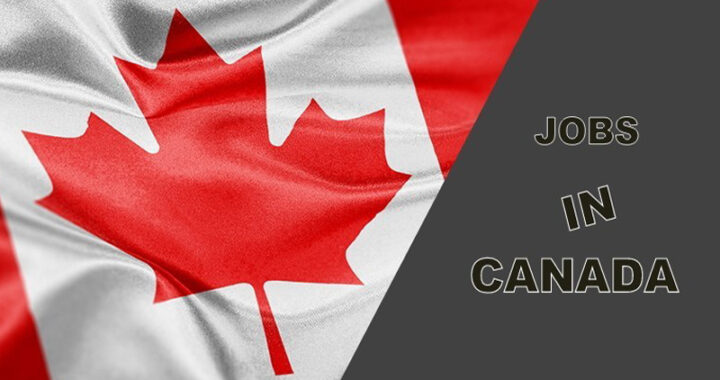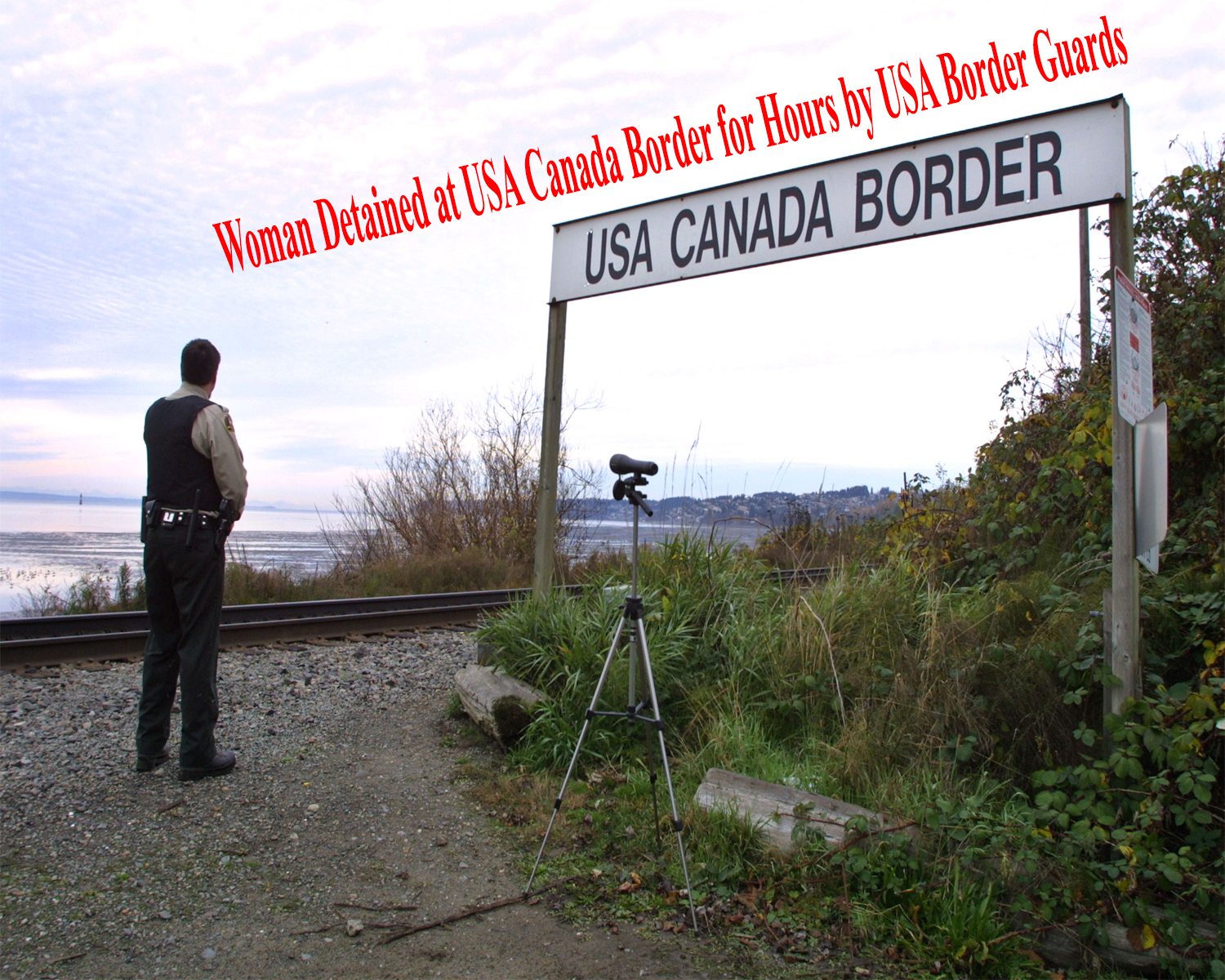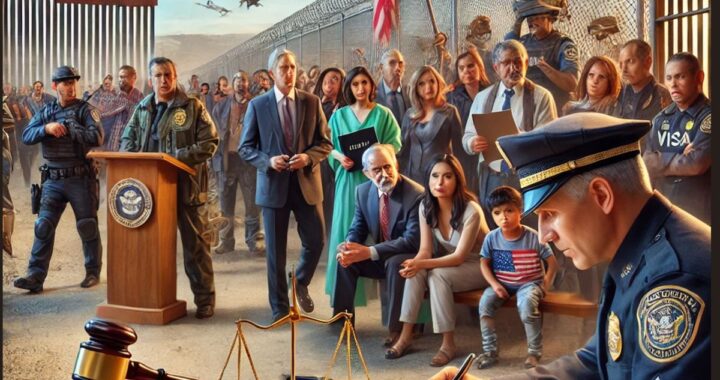Changing Lives: Doctors visualize a successful separation of Siamese twins
Is it ethical to risk one life so that the other may live. Is it justified on our part to provide immense hope to someone on the basis of our set of calculated attempts and evaluations? Is it right on our part to help provide everyone a so called normal life ?
These and many other such questions arise in our mind when we consider the plight of the Shakeel family living in Patna recently brought to focus by the media.
Saba and Farah Shakeel are a set of 10-year-olds Siamese twins joined at the head. The next few days will be crucial to their lives as their parents, very keen on their separation, will make the difficult decision on proceeding with the surgery proposed by a group of doctors.
Before any surgery can take place, doctors feel that Saba and Farah must also agree as according to them the twins are old enough now to decide if they want to be separated in the first place.
If finally the surgery does take place, it will be performed in Delhi at the Apollo hospital, in the presence of Dr Benjamin Carson. Dr. Carson is a surgeon from the world-famous Johns Hopkins Children’s Centre in Baltimore in the US and has successfully separated conjoined twins in the past.
An angiography was successfully performed at the Apollo Hospital and the results helped the doctors decide that separation is possible medical director Anupam Sibal told reporters.But this separation, as is the case with almost all of the conjoined twins, invariably involves lengthy and extremely complex surgery, and there are no guarantees of success.
The biggest question that arises now is whether risking surgical intervention is worth putting the lives of both Saba and Farah at satke, both of whom are healthy right now.
Carson believing strongly in his own words told reporters that while the procedures would be complex and risky, both girls were expected to survive the surgery.
“If everything goes according to our plan we fully expect them to be alive,” said Carson, head of pediatric neurosurgery at Johns Hopkins Children’s Center in Baltimore, Maryland. “It is our intention that they will both be alive.”
The girls are basically joined at the head and share a major blood drainage vessel in the brain. The fact that complicates the procedure further is that Farah has two kidneys while Sabah has none and will require a kidney transplant.
[inline:1]
The twins, innocently unaware of the complications of their lives, dressed in summer frocks and sporting patterned henna dye on their hands, made a brief appearance at the media conference, held at the hospital. But they appeared a little too overwhelmed to answer questions.
The operation would be a five step procedure including one in which they will make medical history, as Sibal put it.”Doctor Carson believes we will do something that has never been done before … we will distract the two brains … we will make incisions that will separate parts of the brain, the bony tissue and the lining over the brain.”
Sibal said that if their parents give the go-ahead signal, doctors at the John Hopkins centre would create a “virtual 3-D station” of the two brains so that doctors can familiarise themselves with the complexities of the problem.
The next step according to him, would be an occlusion into certain vessels of the brain “by putting in balloons to see if we can recreate other passages” for vascular supply.
Once the third step is over — the separation of the brains — “it will take about three months before we arrive at a fixed date for the actual separation,” Sibal said.
What still awaits is that even after the twins are separated, yet another operation would be performed in which one of Farah’s two kidneys would be transplanted into Sabah.
Sheikh Mohammad bin Zayed Al-Nahyan, crown prince of Abu Dhabi who claims to have read about the plight of the twins in an Indian newspaper has agreed to pay all the costs for the treatment of the twins, estimated to be about $1million.
Carson surely seems to be the right man for the job, as he was the lead neurosurgeon of a 70-member team that successfully separated seven-month-old German twin boys in 1987. Also in 1997, he and a team of 50 doctors separated 11-month-old Zambian boys, both of whom survived.The specialist was also a member of at least three other attempts to separate conjoined twins, including the unsuccessful 2003 operation on the 29-year-old Bijani twins from Iran.
Now all that remains is the consensus of the parents of the 10-year old girls whom God sent upon this earth with probably something special planned.
The girls’ father, Mohammed Shakeel, a devout Muslim and the owner of a simple tea stall on Patna railway station , told the press conference that he and his family would make their decision once the holy fasting month of Ramzan, the muslim month of fasting, is over.”I am a fatalist. I will leave such things in the hands of Allah,” said Shakeel.
At such a stage, we should only hope and pray that God gives Shakeel and his family strength , wisdom and courage to make the right decision.

 Get To Know Everything About Canadian Experience Class immigration
Get To Know Everything About Canadian Experience Class immigration  How To Find Perfect Professional Contacts For Getting Jobs in Canada?
How To Find Perfect Professional Contacts For Getting Jobs in Canada?  You can’t miss this News, if Eyeing for Canadian Permanent Residency
You can’t miss this News, if Eyeing for Canadian Permanent Residency  A Canadian Woman was Detained by U.S. Border Guards for 5 hours!
A Canadian Woman was Detained by U.S. Border Guards for 5 hours!  Canadian Trucking Alliance Calls the Canadian Government to safeguard the immigrant Truck Drivers Rights
Canadian Trucking Alliance Calls the Canadian Government to safeguard the immigrant Truck Drivers Rights  What actions by Trump Government are in store for illegal immigrants in US? What are Challenges to deport illegal immigrants from US?
What actions by Trump Government are in store for illegal immigrants in US? What are Challenges to deport illegal immigrants from US?  Recent Changes to Canada’s Work Permit Rules and its impact on Immigrants from India
Recent Changes to Canada’s Work Permit Rules and its impact on Immigrants from India  Applications for UK Immigration witness major decline as the Immigration Laws undergo significant changes
Applications for UK Immigration witness major decline as the Immigration Laws undergo significant changes  What are changes in Canada Start up Visa Program and Self-Employed Persons Program. How would it affect the potential immigrants to Canada?
What are changes in Canada Start up Visa Program and Self-Employed Persons Program. How would it affect the potential immigrants to Canada?